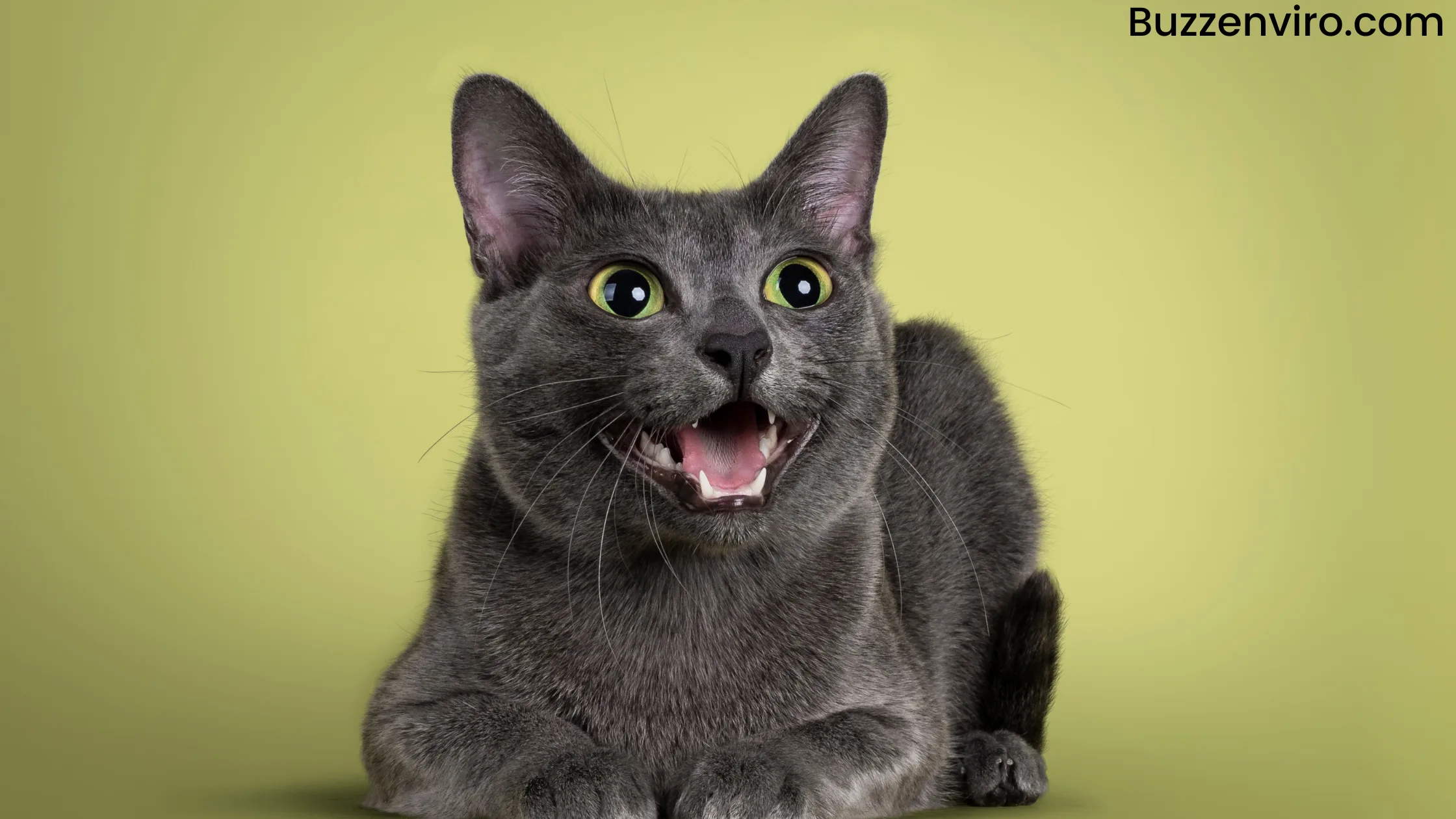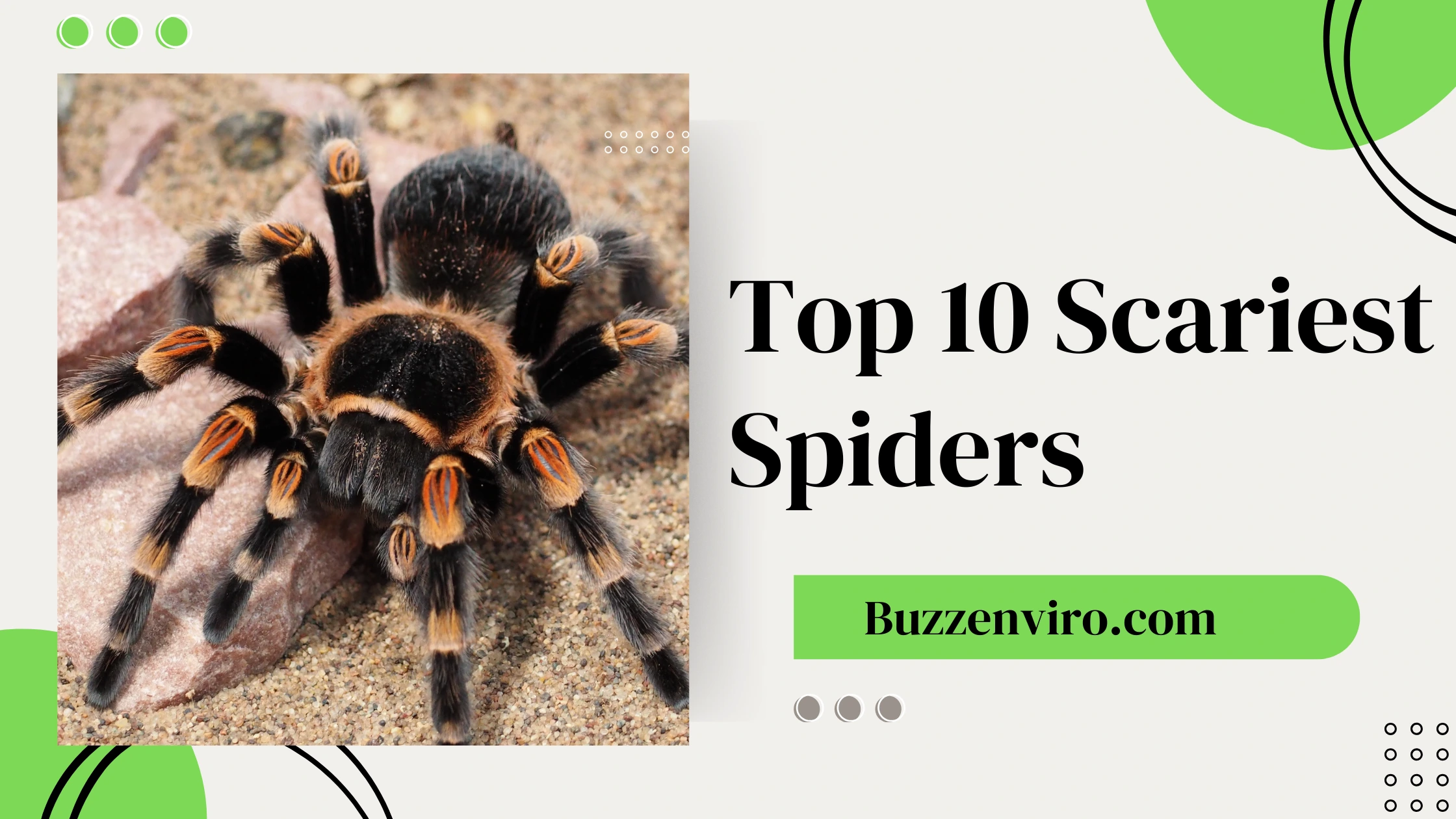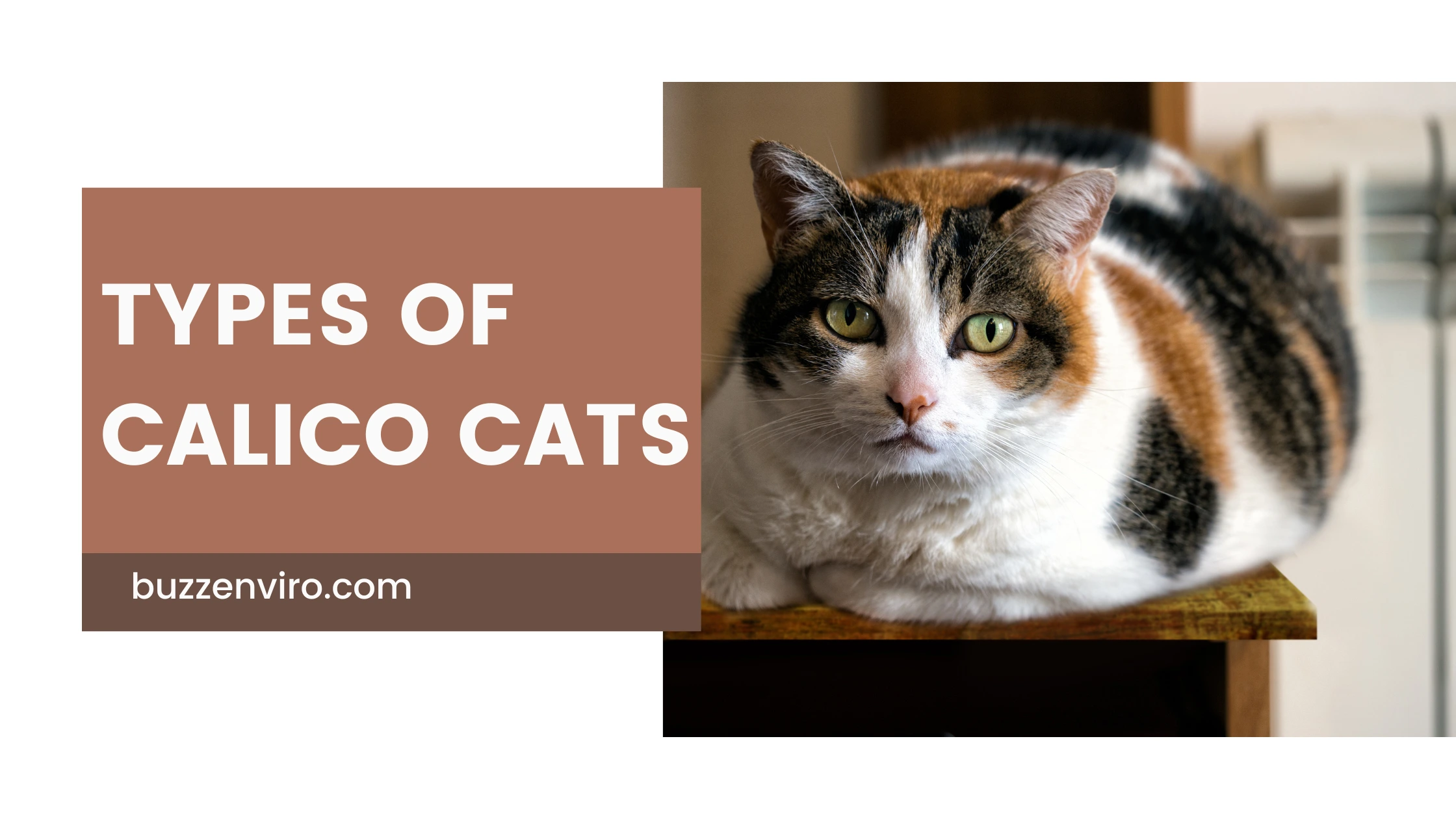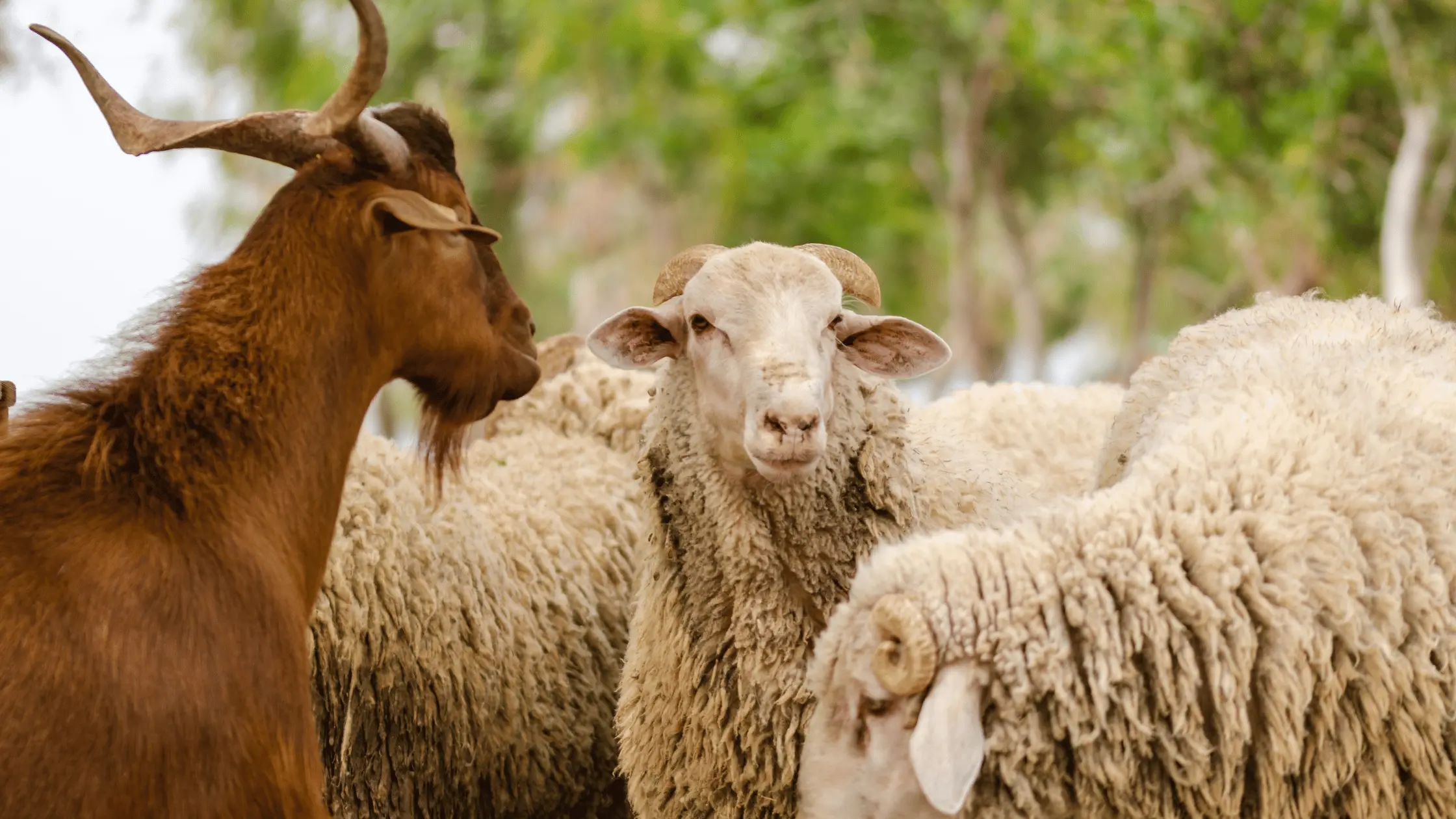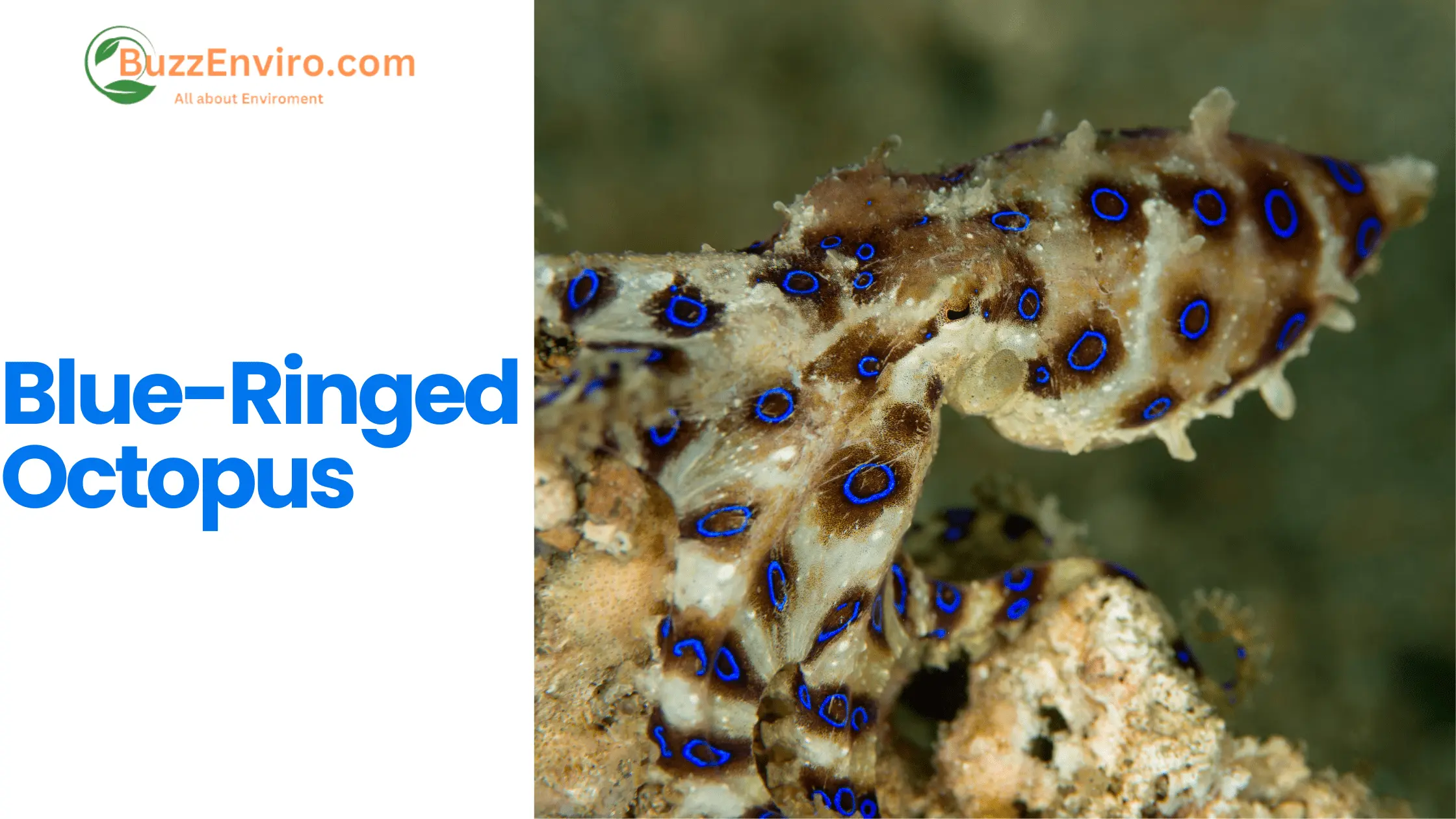Cats are mysterious creatures with a vast array of vocalizations. As a cat owner or enthusiast, you’ve likely heard various cat sounds throughout the day, from gentle purring to loud meows and even the occasional hiss. But have you ever wondered what these sounds actually mean? In this blog, we’ll explore the different types of cat sounds and what each sound could indicate. We’ll also delve into the cat sound name list, their meaning, and how these sounds help cats communicate with us.
Common Cat Sounds and What they Mean
1. Meow Cat Sound: The Cat’s Request for Attention

Cat meow sound is one of the most common cat sounds you’ll hear. It’s often a way for cats to get your attention. While kittens use meows to communicate with their mothers, adult cats primarily use this vocalization to interact with humans. A cat may meow for various reasons—food, playtime, or simply to get your attention. If your cat’s meowing is persistent or loud, it could indicate hunger, stress, or even a desire for affection.
2. Purring: The Sound of Comfort and Contentment
When your cat is content, they’ll often produce a soft, soothing purring sound. This original cat sound is often associated with relaxation and pleasure, especially during petting sessions. However, it’s important to note that cats can also purr when they’re in pain or feeling anxious, so it’s essential to observe the overall context of the sound. If your cat is purring but showing signs of discomfort or distress, it might be time to consult a vet.
3. Hissing and Growling: Warning Signs of Distress or Aggression
Cat fighting sounds are usually accompanied by hissing or growling. These sounds serve as a warning to others that the cat feels threatened or is in a defensive mode. Cats fighting sounds are often loud and harsh, designed to deter any would-be attackers. If your cat makes these noises, it’s essential to give them space and allow them to calm down. In some cases, hissing or growling might occur during play, but it’s often a sign that your cat is feeling uncomfortable or angry.
4. Chirping and Chattering: Excitement or Frustration
One of the more unusual cat sound names is chirping or chattering. Cats often make these sounds when they are observing prey, such as birds outside a window. This noise may indicate that your cat is both excited and frustrated—excited by the sight of potential prey but frustrated because they can’t catch it. Some believe this cat sound mimics the noises made by small animals, allowing your cat to stay focused on their target.
5. Yowling: A Loud, Persistent Call
Yowling is a long, drawn-out cat sound that can indicate a range of emotions. If your cat is yowling, it may be calling out for a mate (especially in unspayed or unneutered cats) or expressing distress. Older cats might yowl if they are disoriented or experiencing anxiety. If the yowling becomes frequent or particularly intense, it’s a good idea to check on your cat’s health, as this may signal an underlying issue.
6. Trilling: A Friendly, Affectionate Greeting
Trilling is a unique cat sound name that’s often used by cats when they are excited or happy to see you. It’s a combination of a meow and a purr, and it’s usually associated with a cat greeting their human. If your cat trills at you, they’re likely in a good mood and looking to express their joy or affection. This is one of the friendliest sounds a cat can make!
The Cat Sound Ringtone: A Popular Choice for Cat Lovers
If you’ve ever been to a phone store or browsed the web, you might have heard the cat sound ringtone. Cat lovers often enjoy having their phone’s ringtone mimic a cat’s meow or purring, making it a fun way to showcase their love for felines. These ringtones can include the classic cat meow sound, purring, or even chirping, and they are a popular choice for those who adore cats.
Understanding Cat Sounds Meaning
Each of the above-mentioned cat sounds carries significant meaning. While meowing typically signals a need or request, purring generally indicates contentment. Hissing and growling are signs of aggression or discomfort, while chirping and yowling reveal excitement or distress. Understanding the cat sounds meaning allows you to respond more appropriately to your cat’s needs, whether that’s offering food, attention, or simply giving them space when needed.
Why Should You Pay Attention to Cat Sounds?
Understanding cat sounds can make a big difference in your ability to care for your feline companion. Cats can’t speak human language, so they rely on vocalizations and body language to communicate. By listening to your cat’s sounds and paying attention to the context in which they occur, you can respond better to their needs and ensure they remain happy and healthy.
Conclusion
Cats communicate in a variety of ways, and their cat sounds are one of the most fascinating aspects of their behavior. Whether it’s the cat meow sound, the warning hiss, or the affectionate trill, each sound has its own purpose. By understanding the meanings behind these sounds, you’ll improve your relationship with your cat and ensure they feel heard and understood.
If you’re a cat lover, you can even enjoy these sounds in the form of a cat sound ringtone or listen to original cat sounds to bring the joy of your furry friend into your daily life.
